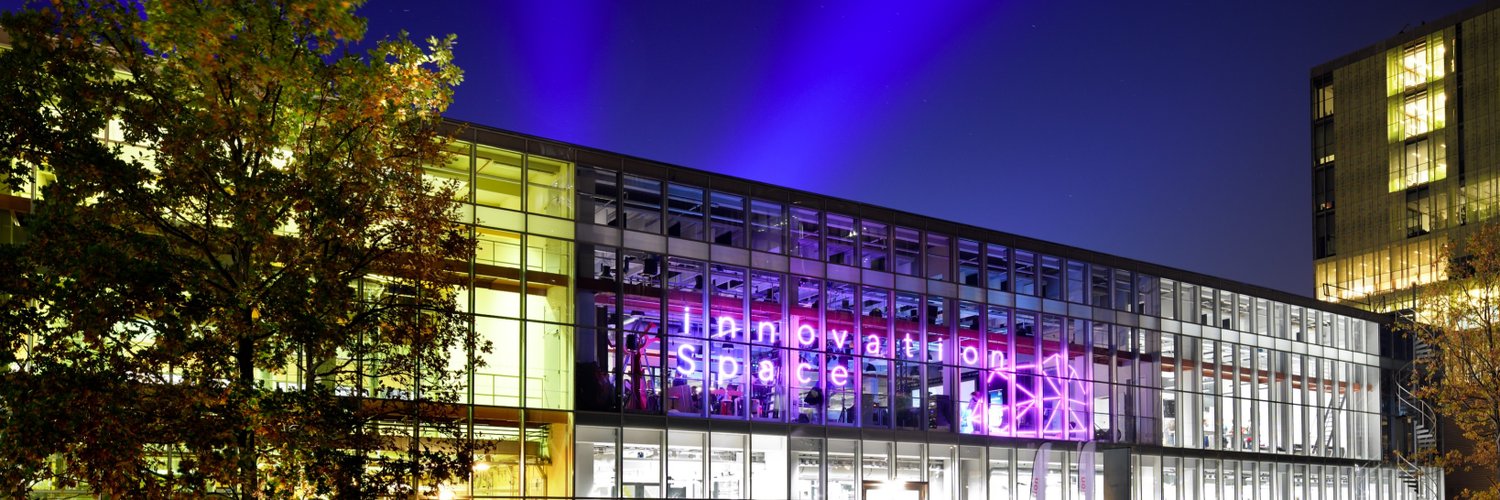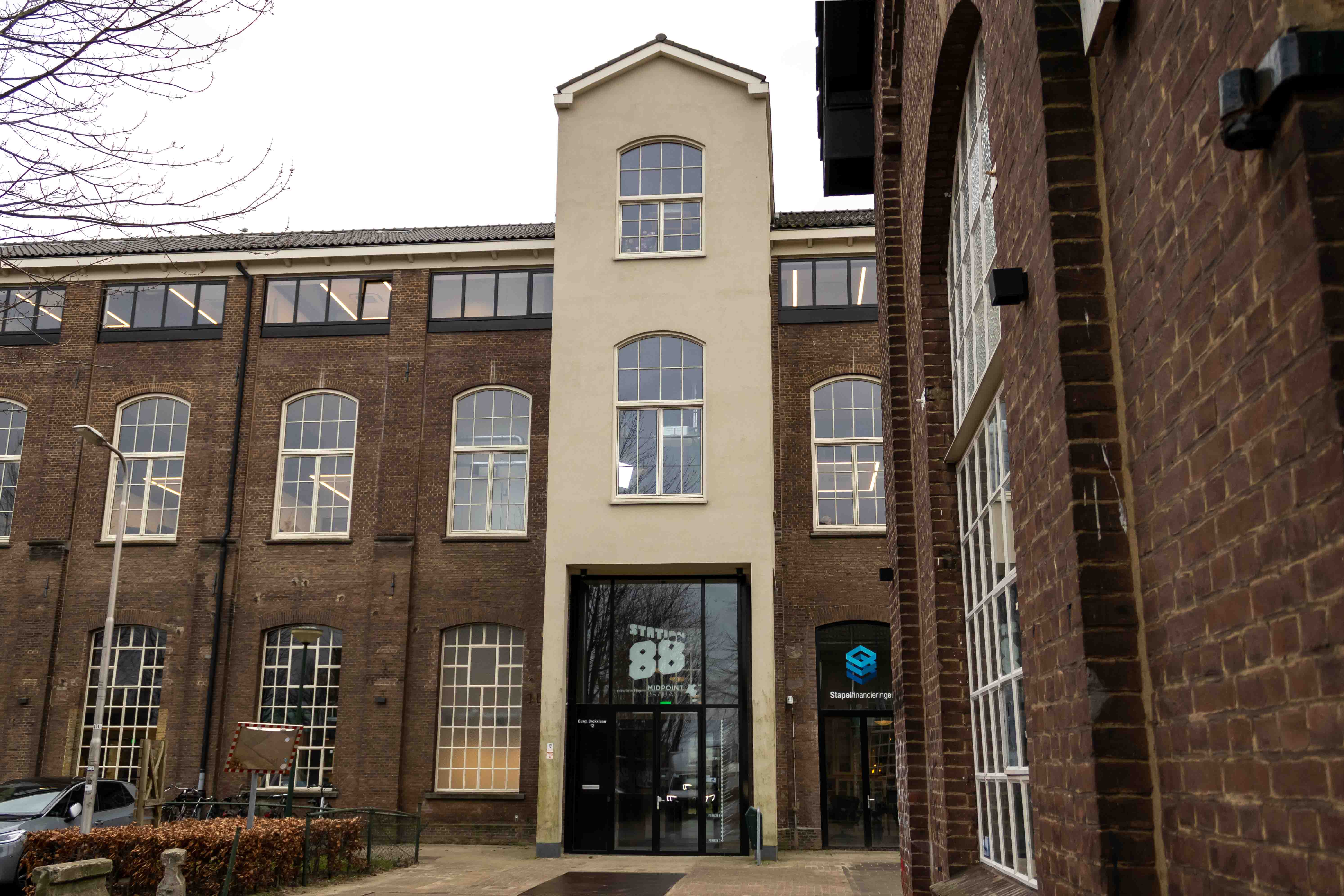
The Brainport region is an important growth engine of the Dutch economy. It is therefore very important, both for the region itself and for the country, to further strengthen this position. The fact that this not only increases the earning capacity but also makes it possible to tackle numerous societal challenges, makes that goal all the more relevant. In a series of 12 articles, Innovation Origins looks at the most striking issues within this endeavor. In this, we are guided by the research report ‘Brainport at the top‘ that Rabobank published in collaboration with Strategy Unit. Today, in the tenth article in this series, in which we look at the accessibility of the ecosystem for students.
Innovation Space is the appropriate name for the concept (and building) in which students of the Eindhoven University of Technology and increasingly Fontys University of Applied Sciences are given the space to experiment with their innovative ideas. Based on the ideas around ‘challenge-based learning‘, they work on projects that have a clear link with the major societal challenges of today. Instead of endless theoretical hardships, it’s all about really contributing to a better world, using your freshly acquired knowledge.
Innovation Space is the example (and at the same time still the opportunity) for this valuable connection between knowledge and society – and therefore between students and the city. That there is still room for improvement is evident from the reactions of the participants in the Rabobank survey. Currently, students have little contact with the rest of Brainport, it appears. “A number of students contact companies within the Brainport region on their own initiative, but this is only a small percentage and is not immediately region-specific. Brainport needs to become a clear concept among students so that they feel more connected to the Brainport region,” is the advice.
Poorly visible

And that applies especially to students who do not live or study within the Brainport region. Students at the Delft University of Technology, for example, usually have no idea what Brainport means and what the possibilities are in the region, according to an inventory. Sanne van Kouwen, herself an Innovation Sciences student at the TU/e, participated in the research on behalf of Rabobank. She came to the conclusion that both the city itself and the reputation of Brainport as an important ecosystem are rather lacking. “The region really needs to become better known among pupils and students in the Netherlands. Brainport has so much to offer, really sad that this is so poorly visible. For a potential tech student from the Randstad, Eindhoven is barely in sight, although there would be every reason for it.”
According to Van Kouwen, this is partly due to ‘the story’ that needs to be told in a better way but partly also to external circumstances. “Eindhoven is not seen as a characteristic city with facilities in the field of culture and nightlife that fit in with what a student is looking for. Its industrial character is outweighed by, for example, Delft. Even for students who are already in Eindhoven, the temptation of the Randstad is still great after graduation. Living at Strijp-S is beautiful, but hardly feasible. If it turns out that the really interesting companies are often located in Amsterdam or elsewhere in the Randstad, it will remain difficult to hold on to talents for Brainport.”
Amber and Sendcloud

Apart from the big players like Philips and ASML, there are not enough iconic companies within Brainport, according to the complaint of the students. “There should be more variety in the type and range of companies”, they say. Vincent Ruis, a specialist in start-ups and scale-ups for Rabobank, questions this. “Indeed, appealing names like Mollie or Adyen are located in Amsterdam, but Amber and Sendcloud are well on their way to becoming at least as iconic.”
Ruis suspects that Brainport wrongly suffers from an already outdated image. “Many people still think that this is an area of the old-fashioned industry, but of course this is no longer the case. This ecosystem has a lot to offer students. Look at the knowledge institutes, the business community, the High Tech Campus, it’s all world-class: an ideal environment to grow your talents as a student or a graduate. But that’s all insufficiently highlighted. There are promotional events, but I still feel that this is too old-school. If Brainport would be better able to show what kind of impact you’re making on the world when you’re working here, you’d make students feel that way. And then you really achieve something.”
Hackathon
According to Ruis, this means that youngsters should be in touch with this message long before they start studying. “Moreover, think about it together with those young people. If you really want it to be about this group, involve them in your plans. So, no old-fashioned information meetings, but a hackathon, for example, of which you don’t determine in advance what the result will be. Generation Z grew up with tech and social, so that’s where their communication channels are. Make sure that not only the message but also the medium with which you communicate can connect credibly to their world of experience.”
Such a hackathon as a means of connection also has the advantage that it is no longer about abstract concepts, adds Ruis. “You make it concrete. A spokesperson who says that we are good at collaborating may sound nice, but it doesn’t say anything. But if by actually working together, you can create something that could help the world move forward, then this would appeal directly to this generation.”
The big adventure

The idea of the hackathon as a means of communication also appeals to Bert-Jan Woertman, known as a booster, connector, and builder within Eindhoven’s innovative ecosystem. From his positions at the university and in the business world, he has a good insight into the achievements of Brainport – and what young people can achieve within it. “It’s all about giving students the feeling of being part of that great adventure. Just like that young soccer player who dreams of playing for Barcelona, we have to show technical students that playing in the Champion’s League of high tech is within reach.” Hackathon-like events for teenagers already do exist in the city, by the way, Woertman says. “Take the Maker Faire, or Night of the Nerds during Dutch Technology Week: these are the moments when children can get in touch with technology in a playful way.”
These are also clear examples in which – as Vincent Ruis also points out – people think from the teenager’s point of view and not on behalf of that teenager. Woertman: “Young people have a completely different dictionary than we do. Terms like ‘ecosystem’, ‘value chain’, but also the word ‘Brainport’ itself, they all mean very little to them. And as long as they don’t know the lingo, they can’t relate to it, it’s as simple as that. Once they’re inside, they’ll be fine, but to get them here, you have to change your tactics.”
What does appeal to young people, even if they don’t use the term themselves, are the United Nations’ Sustainable Development Goals. “For them, it’s not about ‘innovation’ as an activity, but about its impact. As a student or graduate, what problems can you help to solve? The fact that photonics is important, well, that is at best a theoretical statement. But the fact that you can use it to accelerate the energy transition is interesting. The complicated machines of ASML? Duh. But the fact that thanks to ASML, your smartphone, and your future smart car can function, appeals to them. And from there, it’s a much smaller step to those beautiful machines.”
Guru network
It is not for nothing that many of these iconic or near-iconic companies from Brainport have close ties with the Eindhoven University of Technology. Through TU/e Innovation Space, the ‘guru network’, challenge-based learning, the Eindhoven Engine, or the institutes, for example, they keep abreast of developments and start new collaborations. After all, nobody wants to miss the next big wave. Some of them even came directly from one of the student teams active there. Lightyear, DENS, Tailor en Solid, for example, are all taking big steps in the ‘real world’. A proud Bert-Jan Woertman assures us that these will certainly not be the last examples. “We see time and again that students who come into contact with companies through one of these initiatives will see and feel it immediately. They automatically become part of that large ecosystem, a source of talent and technology for the region. That way, you can be assured of a constant stream of impactful solutions to the major challenges of our time.”
Read the other articles published so far in this 12-part series here.







